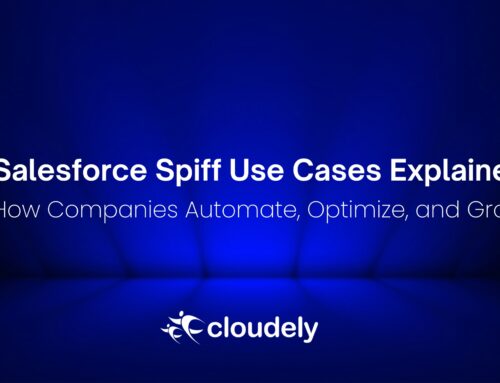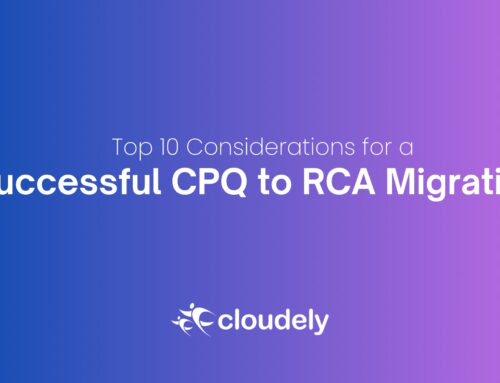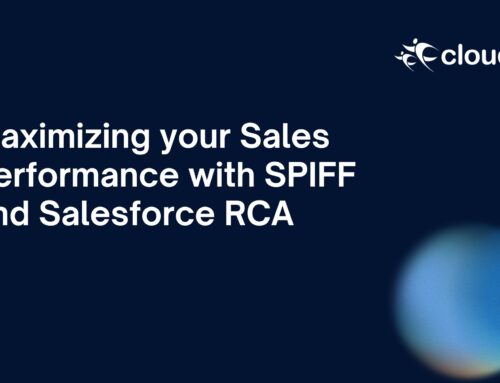Managing revenue operations using disconnected tools slows down quoting, increases errors in billing, and limits visibility into your pipeline. For large enterprises, this isn’t just a workflow issue—it’s a revenue risk. Salesforce Revenue Cloud offers a centralized, scalable solution that connects every part of the revenue lifecycle: from quoting and contracting to invoicing, forecasting, and analytics.
Table of Contents
A Unified Revenue Platform
Revenue Cloud consolidates key operations across sales, finance, and partner teams. With a single product catalog and support for multiple revenue models, businesses can sell through any channel—direct, partner, or self-service—without managing fragmented systems.
This isn’t about convenience. It’s about control. When quoting, billing, and analytics live on the same platform, revenue forecasting becomes data-driven, not assumption-based. Dashboards built on Tableau provide real-time insights into deal velocity, pricing trends, and subscription performance.
Smarter Quoting with AI
Sales reps can now generate quotes using natural language prompts. This isn’t a gimmick—it cuts down manual tasks and speeds up quote generation. The system interprets rep inputs and uses AI-powered agents to create accurate, compliant quotes. For teams handling complex pricing models, this means faster cycles and fewer errors.
Advanced Analytics that Drive Revenue Intelligence
Revenue Cloud is built for visibility. Pricing Analytics comes with 43 performance metrics and 7 sub-dashboards. Subscription Analytics includes 29 metrics with focused views on churn, renewals, and usage trends.
These dashboards aren’t optional add-ons. They’re critical tools for revenue leaders who need to make decisions based on data, not static spreadsheets.
Rethinking the Role of CPQ
Salesforce CPQ has served its purpose in many organizations, but it ends at the point of sale. Revenue Cloud goes further—extending into fulfillment, billing, and performance tracking. This shift gives enterprises better control over profitability, compliance, and customer lifecycle value.
If you’re evaluating whether to move from CPQ to Revenue Cloud, the decision should be strategic. Ask:
- Is your team struggling with scale or speed in quoting?
- Do you lack visibility across sales and finance?
- Are you planning to introduce new revenue models or sell through new channels?
If the answer to any of these is yes, it’s time to evaluate Revenue Cloud.
Key Enhancements Built for Scale
Here’s what sets Revenue Cloud apart:
- Constraint-Based Configurator: Handles complex product catalogs and rule-based configurations with speed and accuracy.
- Quoting Agent: Automates repetitive tasks to increase sales productivity.
- Revenue Management Intelligence: Offers real-time monitoring of revenue performance.
- Simplified UX: Streamlined interface reduces admin overhead and accelerates user adoption.
- Scalability: Built for enterprise-grade performance with large-volume quoting and billing needs.
Conclusion
Revenue Cloud isn’t just a rebranded CPQ. It’s a complete revenue operations platform designed for modern enterprises navigating complex sales environments. The shift from CPQ to Revenue Cloud is already underway across industries that require speed, control, and insight at every revenue touchpoint.
Contact us at salesforce@cloudely.com to explore if Revenue Cloud is right for your business.






